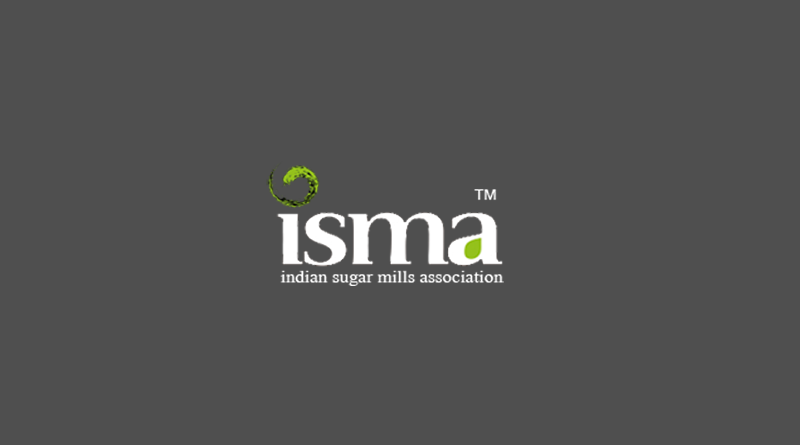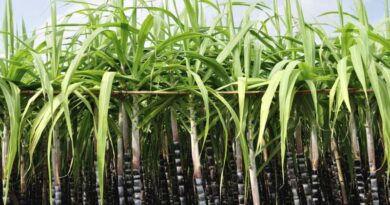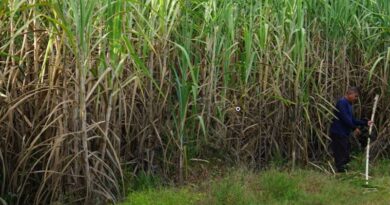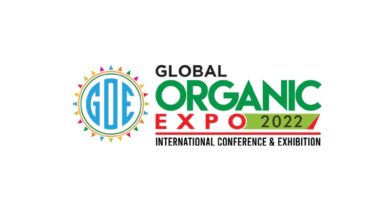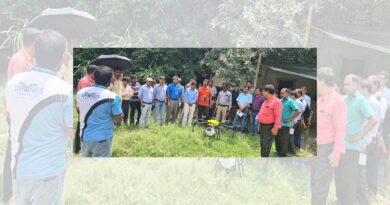India’s sugar exports in a sweet spot despite WTO ruling
16 December 2021, New Delhi: The Indian sugar industry is not worried about the World Trade Organization (WTO) panel’s ruling on subsidies either on the current export potential or the future prospects of the sweetener.
A big reason for the optimism is that in the 2021-22 sugar season (that started in October), 3.8 million tonnes (mt) of a potential 6 mt of exports have been contracted without any subsidy.
According to trade and industry sources, the trend might sustain through the next sugar season (2022-23) since sugar might be in short supply due to low production in Brazil � one of the world’s largest producers of the sweetener.
According to market watchers, Brazil’s sugar exports are unlikely to pick up till the middle of 2022 since production there is low due to adverse climatic conditions. This leaves India to be the only major supplier of the sweetener to the world market, along with Thailand.
In accordance with WTO rules, India’s export subsidies on sugar were to be exhausted from December 2023.
Thereafter, the domestic ethanol blending programme will take care of the surplus sugar in the economy, thereby lowering the need for dependence on big exports, although India will remain a major player in the world market.
India plans to divert around 6 mt of surplus sugar for ethanol by 2025, from around 3.5 mt in the 2021-22 season, for which it is augmenting its ethanol distillation capacities from 3.5 billion litres (bl) per annum in 2018 to a targeted 14 bl by 2025. Apart from minimal impact on future export prospects, most industry players and the government perceive the WTO ruling to have no impact.
On its part, the Centre has decided to file an appeal against the WTO ruling.
“First and foremost, as soon as the government submits an appeal to the appellate authority, according to the WTO rules, the current subsidies and the domestic market support can continue till any final decision is taken by the appellate authority. Secondly, there is no export subsidy for sugar and therefore, there is absolutely no impact of the order of the WTO panel with regard to sugar exports. Further, the export subsidies are in accordance with the provisions of Article 9.1 (d) and (e) of the agreement of agriculture under WTO rules, and therefore, the export subsidies on sugar are fully compliant with the rules and may not need any changes. Thirdly, the WTO rules allow domestic market support for any commodity, including sugar and sugarcane, wherein the government can give market support up to 10 per cent of the value of the commodity and domestic market support on sugarcane is within the limit allowed by the WTO,” said Abinash Verma, director-general of Indian Sugar Mills Association, in a statement.
Praful Vithalani, chairman of All India Sugar Traders Association, said India will have an export-surplus even in 2022-23, but subsidies won’t be required since Brazil’s sugar production is unlikely to recover by then. “In any case, India can subsidise exports only till 2023 after extension of exemption by the Nairobi Ministerial on WTO. Even if India loses the appeal, which is unlikely, sugar export subsidy by India would have long ceased to be an issue. Thereafter, the three complainants (Australia, Brazil, and Guatemala) are unlikely to rake up old matters,” said Vithalani.
He said the other two points raised by the WTO panel, especially on buffer stock, are not a very impo r tant policy component. Thanks to an effective ethanol programme, stocks are likely to remain manageable. The opposition to fair and remunerative price, said Vithalani, might not be very serious. FRP is purely an internal matter of the country.
Brazil’s low crop will continue to make India one of the major suppliers of the sweetener ON TARGET
Sugar and ethanol diversion
nQty of ethanol (bn litres) l Ethanol blend (%)
Sugar equivalent diverted (mt) 5.0 5.0 8.50 10.0
*Estimates; mt: million tonnes Note: The sugar season runs from October to November Source: ISMA 0 0.8 2.4 3.4 1.89 1.75 3.25 4.25

